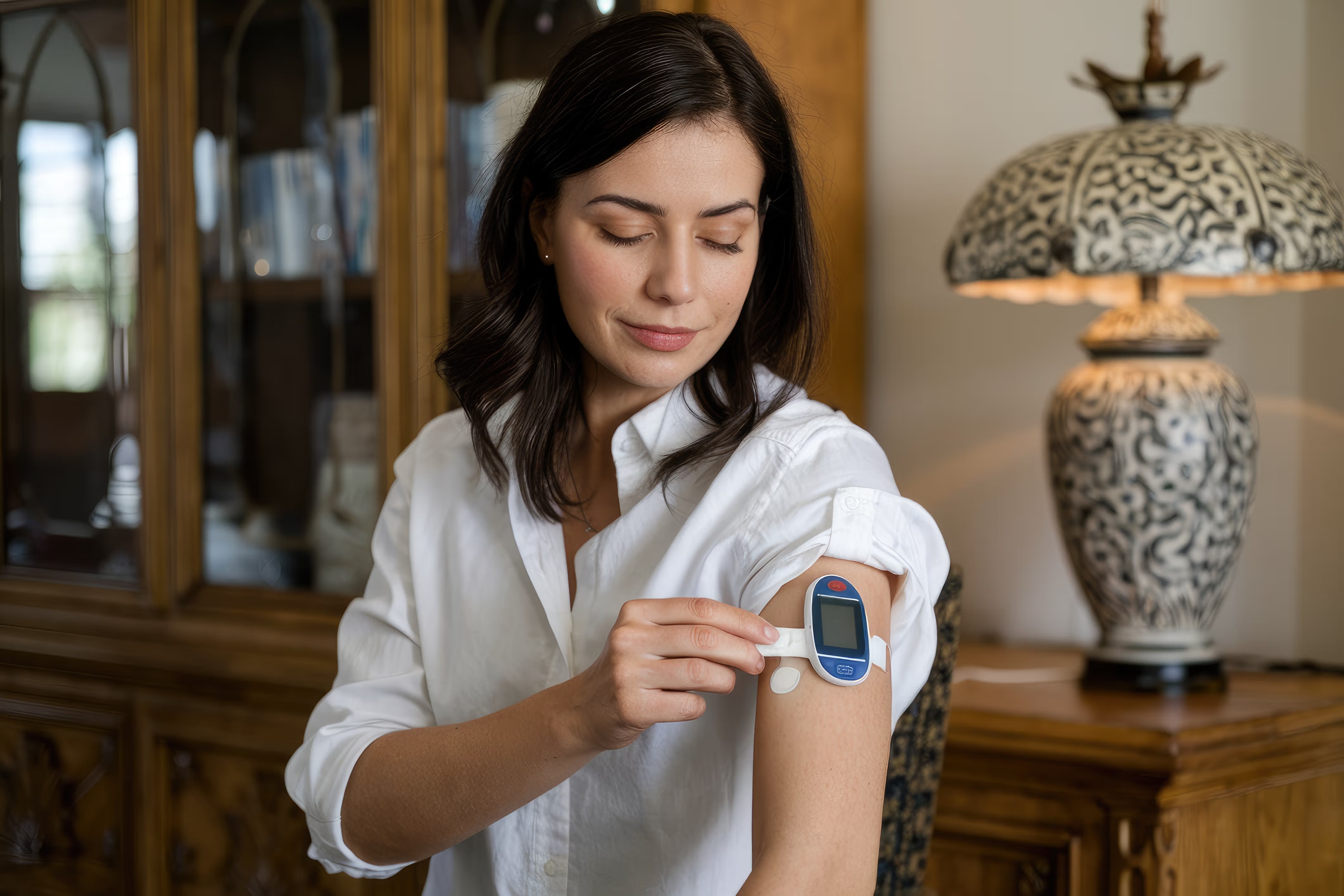Article
Healthcare Spending on Diabetes Surpasses Heart Disease
Author(s):
$101 billion was spent on diabetes in 2013, which made it the top health spending category.
A recent study discovered that the United States spends more on diabetes than any other diseases or conditions, totaling $101 billion from diagnoses to treatments in 2013.
The investigators reported that only 20 conditions account for more than half of healthcare spending in the United States, according to the financial analysis published by JAMA.
The study authors determined healthcare spending from individual out-of-pocket costs and spending on private and government programs for 155 conditions.
These findings show that healthcare spending on diabetes is increasing 36 times more rapidly compared with the cost of ischemic heart disease, which has been the number 1 cause of mortality for many years. In 2013, healthcare spending on ischemic heart disease was $88.1 billion, according to the study.
While both diabetes and ischemic heart disease typically affect older adults, the third costliest condition, pain, typically affects younger, working-age adults. The investigators found that lower back and neck pain accounted for $87.6 billion during this time.
Healthcare spending on diabetes, heart disease, pain, hypertension ($83.9 billion), and injuries from falls ($76.3 billion) accounted for 18% of all healthcare spending in 2013, which totaled $437 billion, according to the study.
“While it is well known that the US spends more than any other nation on health care, very little is known about what diseases drive that spending,” said the study’s lead author Joseph Dieleman, PHD, assistant professor at the Institute for Health Metrics and Evaluation (IHME) at the University of Washington. “IHME is trying to fill the information gap so that decision-makers in the public and private sectors can understand the spending landscape, and plan and allocate health resources more effectively.”
In total, the investigators discovered that $2.1 trillion was spent on just 155 conditions in 2013, and they estimate that $300 billion in costs from over-the-counter drugs and private home healthcare are unaccounted for, according to the study.
Musculoskeletal conditions, pregnancy, postpartum care, and dental visits all also were among the top 20 costliest conditions. Top infectious respiratory diseases, such as bronchitis and pneumonia, were also reported to be costly.
The investigators discovered that women aged 85 and older had the highest spending per person, which totaled $31,000. Approximately 58% of this spending was attributed to nursing facilities, and another 40% was spent on cardiovascular disease, Alzheimer’s disease, and falls, according to the study.
However, only $24,000 per person was spent on men in the same age range, with 37% of spending attributed to nursing facilities. The researchers hypothesize that men are less likely to receive nursing home care because women tend to live longer, and can provide care for their spouses at home.
Of personal healthcare spending, the investigators discovered that less than 10% is spent on nursing facilities, and less than 5% is spent on emergency department use.
Only 6% of personal healthcare spending was on care unrelated to disease or injury treatment. Approximately one-third of this spending was related to pregnancy and postpartum care, the 10th highest spending category at $55.6 billion in 2013, according to the study.
“This paper offers private insurers, physicians, health policy experts, and government leaders a comprehensive review,” said IHME’s Director, Christopher Murray, MD. “As the United States explores ways to deliver services more effectively and efficiently, our findings provide important metrics to influence the future, both in short- and long-term planning."





